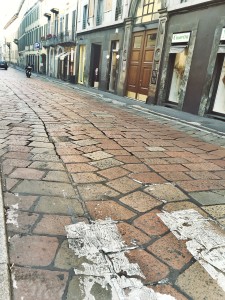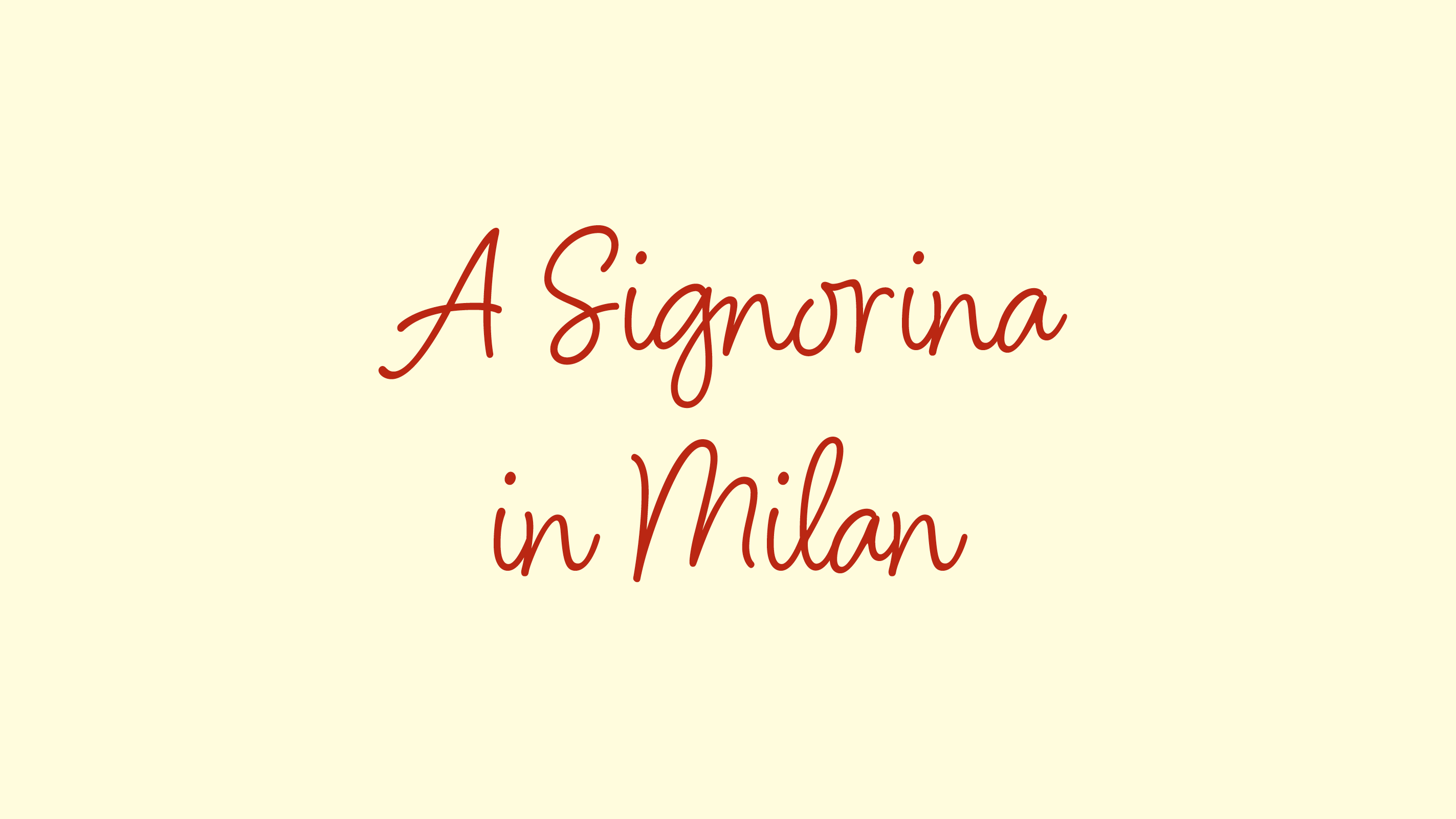
When I moved to Rome, I was tickled pink to have cobblestone, a quintessential characteristic of Old World charm, as part of my everyday life. I knew there were small stretches of cobblestone in New York, particularly in the Meatpacking District as well as on the strip of 52nd Street that borders the West Side Highway, but it just wasn’t the same. It was New York City after all, not Europe.
Called sanpietrini in Italian (after St. Peter’s Square), cobblestone and all its appeal–much to my dismay–grew really old really fast once I had settled in Rome. Milan’s cobblestone equivalent are the large rectangular-shaped pavé (which also happens to be the name of my favorite pasticceria). Just like cobblestone, pavé can make for a jaggedly bumpy ride when driven over by car or motorcycle, and be even more jittery on a standard bicycle. Many high-heel-clad women might say that pavé is the bane of their Milanese existence, but after having shacked up among the cobblestone of Rome, I beg to differ as I find navigating Milan’s pavé to be a breeze.
Living in Rome, I mostly rocked flats as the handful of times I wore any kind of heel proved challenging on the cobblestone, a task I’d try to tackle by slightly bending my knees as I shifted my weight forward to balance on the balls of my feet, attempting to step smoothly from one stone to the next so as to protect my precious heels from any permanent cobblestone damage. (For what it’s worth, I am well aware of how shamelessly, insufferably shallow this seems!)
Unless I’m wearing clown shoes, each slab of pavé in Milan is long and wide enough to fit an entire foot thus preventing me from having to seemingly go en pointe (sans a ballerina’s grace) to protect my heels. As long as I take care to stay in between the lines, my heels will make it through the pavé unscathed. I like to think of it as a savvier version of hopscotch, but with lower stakes and no actual jumping required.


